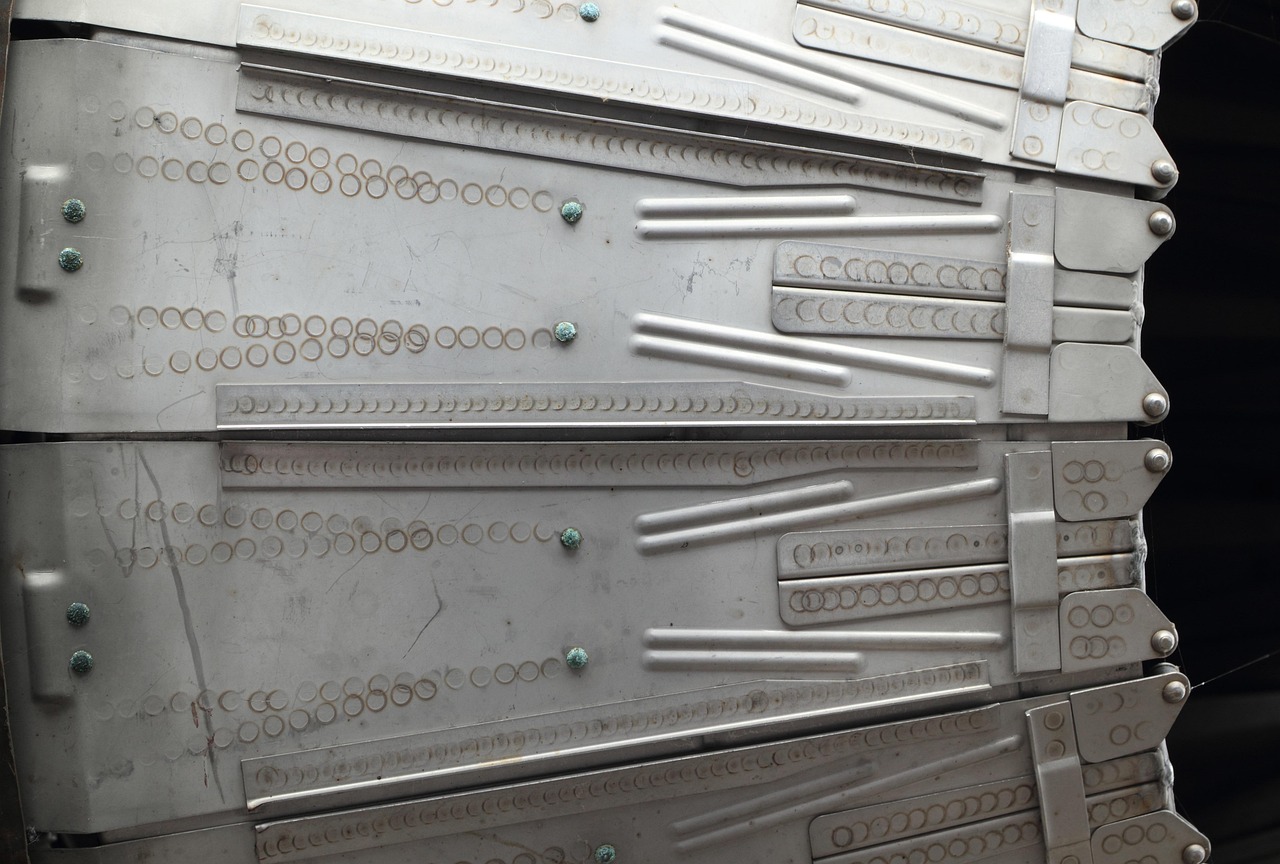Tools Integrate with Ride-Share and Delivery Apps: Enhancing Efficiency and User Experience

In an era where convenience and efficiency are paramount, ride-share and delivery apps have become integral to urban lifestyles worldwide. The rapid evolution of these platforms has necessitated the development of sophisticated tools and technologies aimed at improving user experience, optimizing operations, and ensuring safety. This article explores the various tools integrated into ride-share and delivery applications, providing insights into their functionalities and global impact.
GPS and Mapping Technologies
At the core of ride-share and delivery applications is GPS technology, which enables real-time tracking and navigation. These platforms deploy advanced mapping tools to ensure accurate location services, route optimization, and estimated time of arrival (ETA) calculations. Companies like Google Maps and Mapbox are industry leaders, offering APIs that are seamlessly integrated into these apps to enhance their navigational capabilities. This integration not only improves efficiency but also contributes to fuel savings and reduced emissions by optimizing routes.
Payment Gateways and Financial Tools
Secure and efficient payment processing is critical to the success of ride-share and delivery applications. These platforms have integrated various payment gateways such as PayPal, Stripe, and Square to facilitate seamless financial transactions. In addition, the incorporation of digital wallets and local payment methods caters to diverse market needs, ensuring inclusivity and broader market reach. The integration of these financial tools is pivotal in enhancing user trust and satisfaction.
Data Analytics and Machine Learning
Data analytics and machine learning play a crucial role in the operational success of ride-share and delivery apps. By analyzing vast amounts of data, these tools provide insights into user behavior, demand patterns, and operational inefficiencies. Machine learning algorithms are employed to predict peak demand periods, allowing companies to optimize resource allocation and reduce wait times. This data-driven approach not only enhances user experience but also aids in strategic decision-making.
Customer Relationship Management (CRM) Systems
CRM systems are essential tools integrated into ride-share and delivery applications to manage interactions with customers and improve service delivery. These systems facilitate personalized communication, feedback collection, and issue resolution, ultimately boosting customer satisfaction and loyalty. By leveraging CRM tools, companies can track customer preferences and tailor their services to meet specific needs, thereby maintaining a competitive edge in a crowded market.
Safety and Security Features
Ensuring the safety and security of both drivers and users is a top priority for ride-share and delivery platforms. To this end, these apps integrate various safety tools, including identity verification technologies, SOS features, and real-time ride tracking. Some platforms have also incorporated AI-driven safety measures, such as facial recognition and voice analysis, to preemptively identify potential threats. These tools are crucial in fostering a safe environment and building user trust.
Communication and Connectivity Tools
Effective communication is vital for the seamless operation of ride-share and delivery services. These platforms utilize communication tools such as in-app chat and VoIP services to facilitate interaction between users and drivers. Integrating these tools ensures prompt communication, reduces misunderstandings, and enhances overall service efficiency. Moreover, connectivity tools are indispensable for maintaining network reliability, especially in areas with fluctuating signal strength.
Global Context and Future Trends
Globally, the integration of these tools has allowed ride-share and delivery apps to expand rapidly, adapting to diverse markets and regulatory landscapes. As technology continues to evolve, we can anticipate further integration of emerging technologies such as autonomous vehicles and drone deliveries. These advancements promise to redefine the logistics landscape, offering even greater efficiency and convenience.
In conclusion, the integration of various tools into ride-share and delivery applications has been instrumental in shaping the modern urban experience. By leveraging cutting-edge technologies, these platforms continue to enhance operational efficiency, user satisfaction, and safety. As the industry evolves, ongoing innovation will undoubtedly propel these applications into new realms of possibility, cementing their role in the fabric of daily life.














